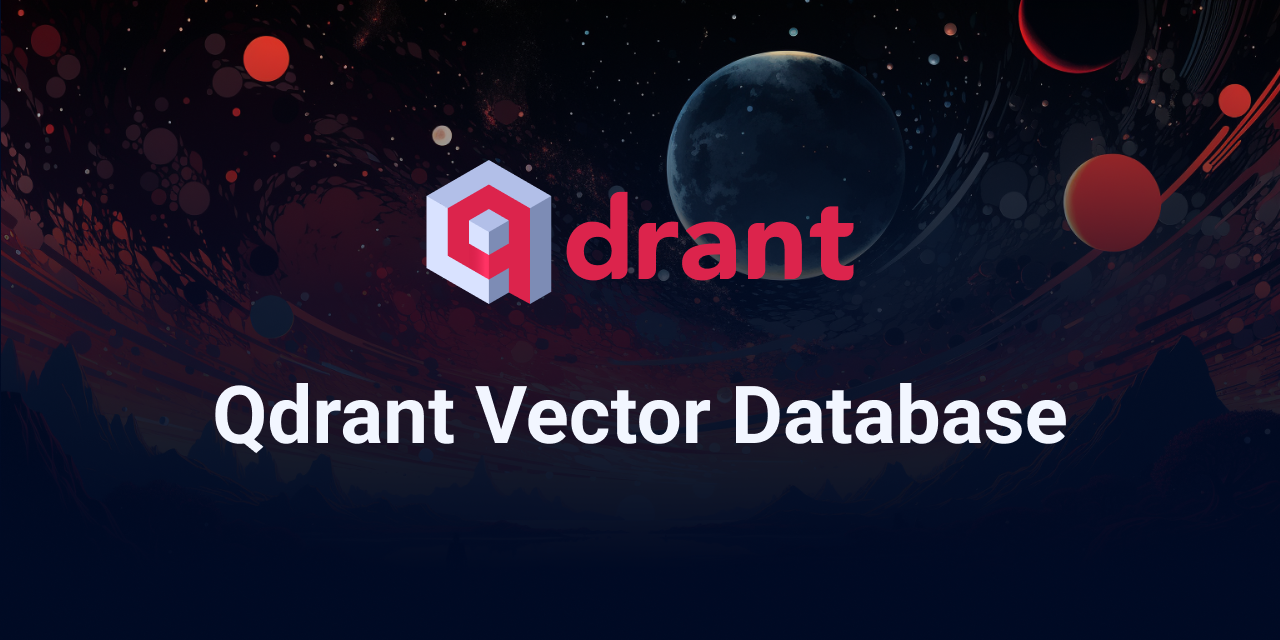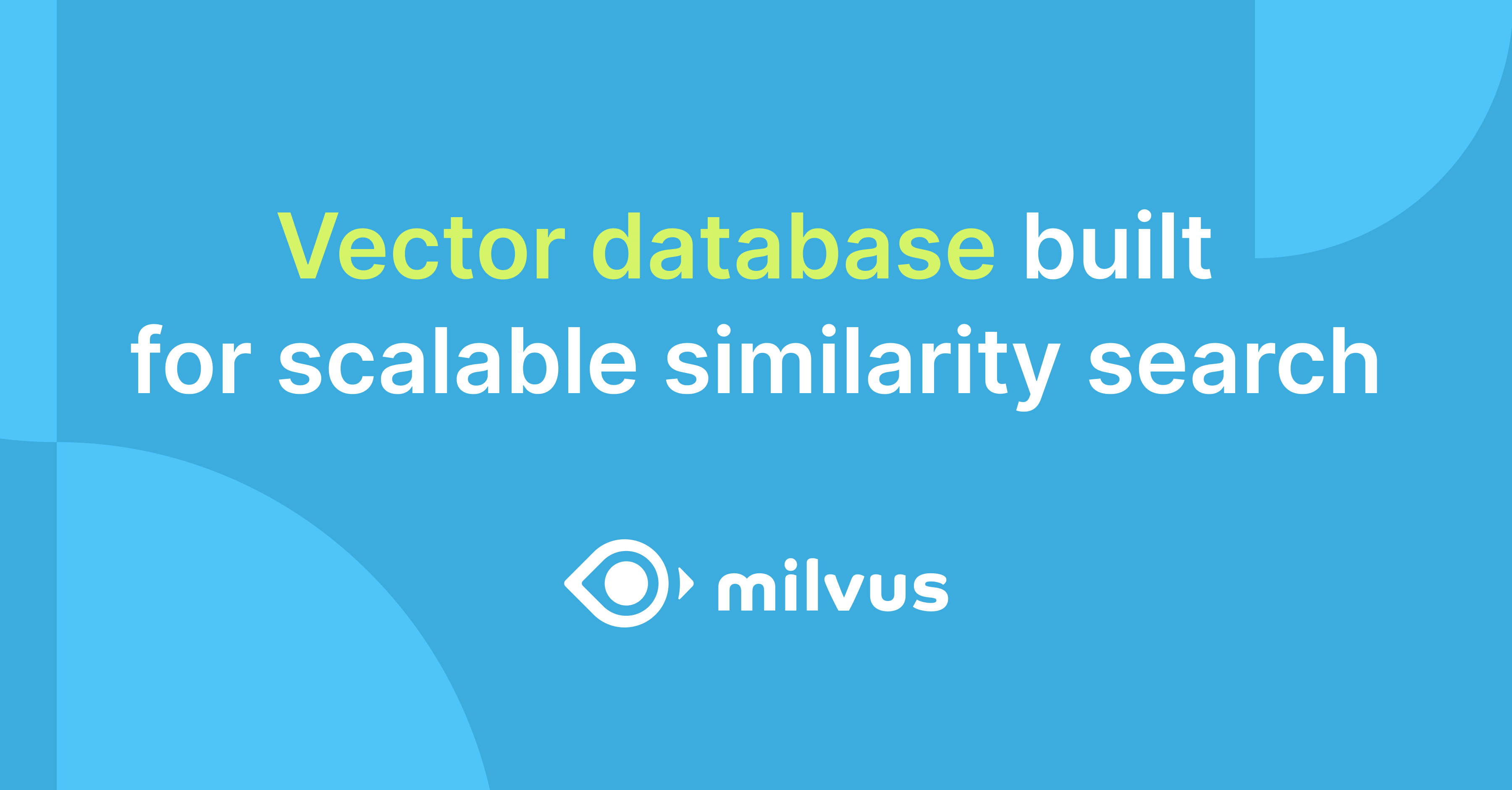AI is first a Trojan Horse
Business leaders will be eager at first, then shocked to the core.
Pretty much every business that wants a competitive edge is already knee deep trying to figure out how to best use AI.
There is something seductive about imaginging and experiencing even basic LLM capability. It feels super human, at first. It conjures science fiction. We were promised jetpacks, dammit.
We were promised jetpacks, dammit.
Add the Fear of Missing Out, but in business boardroom bingo. To not adapt is to foresee an existential threat.
Both of these motives are true, truer than even the most motivated of us can fathom.
Yet, adopting AI is inviting in a Trojan Horse. Maybe that metaphore is a bit belltristic. Perhaps it's more like Meet the Faulkners.
Imagine being excited for your birthday. Your friends blindfold you and say they have a surprise for you. When you arrive, it is a family reunion followed by a high school reunion. Your new emotional reality is that all the awkward business you were avoiding, or swept under the rug, will now be in full display.
For the most part, by mid-2025, we observe the following:
- Almost everyone is using LLM's to generate content so they can send more email faster.
- Many are using it to make presentations with more content and better looking without as much pixel pushing.
- Students are using it to write papers, even fill out their homework.
- Designers are using it to generate many concepts.
- Software engineers are using it to generate boilerplate code.
- Data analysts are using it to sort through a bunch of data, filter out the irrelevant, and come back with the relevant data that needs focus.
What do all the popular use cases of AI have in common?
Well, they are individuals motivated to better leverage their time and brainpower by delegating the more mundane parts of their job to AI.
As it should be. The 'Economy of Action' is one of the more predictable behavioral patterns of, not just humans, but all lifeforms.
From Rags to Riches
To implement RAG effectively, businesses will need to think about content, files, and databases in a way they have not. Because you get out what you put in.
The title "AI is First a Trojan Horse" suggests an exploration of the potential risks or hidden challenges associated with integrating AI into business operations. The starred block highlights that effectively implementing Retrieval-Augmented Generation (RAG) requires businesses to rethink their approach to handling content, files, and databases.
Key Considerations for RAG Implementation:
- Content Quality:
- Ensure high-quality input data is used as the output quality of AI systems directly correlates with the input.
- Regularly update and curate datasets to maintain relevance and accuracy.
- Data Organization:
- Reorganize existing content, files, and databases for optimal retrieval by AI models.
- Implement structured metadata tagging to enhance searchability and accessibility.
- Integration Strategy:
- Develop a clear strategy on how RAG will integrate with current systems and workflows.
- Assess compatibility with existing infrastructure and plan necessary upgrades or modifications.
- Security Concerns:
- Consider the security implications of exposing sensitive data to AI models, especially when integrating external content sources.
- Implement robust access controls and encryption measures.
- Scalability:
- Plan for scalability in terms of both data volume and processing power as RAG systems evolve.
- Ensure infrastructure can handle increased loads without performance degradation.
- Ethical Considerations:
- Address ethical concerns related to bias, privacy, and transparency in AI-generated content.
- Implement guidelines to ensure responsible use of AI technologies.
- Continuous Monitoring and Evaluation:
- Establish mechanisms for ongoing monitoring of RAG system outputs to catch errors or biases early.
- Regularly evaluate the effectiveness of RAG implementations against business goals.
By addressing these considerations, businesses can leverage the potential benefits of RAG while mitigating risks associated with AI integration.
We might have to consider Vector Databases
Deprecation Warning
The ```yaml toolingGallery syntax is deprecated. Please use :::tooling-gallery directive syntax instead.

Qdrant Vector Database
Qdrant is an Open-Source Vector Database and Vector Search Engine written in Rust. It provides fast and scalable vector similarity search service with convenient API.

Chroma is the open-source AI application database. Batteries included.
Embeddings, vector search, document storage, full-text search, metadata filtering, and multi-modal. All in one place. Retrieval that just works. As it should be.
